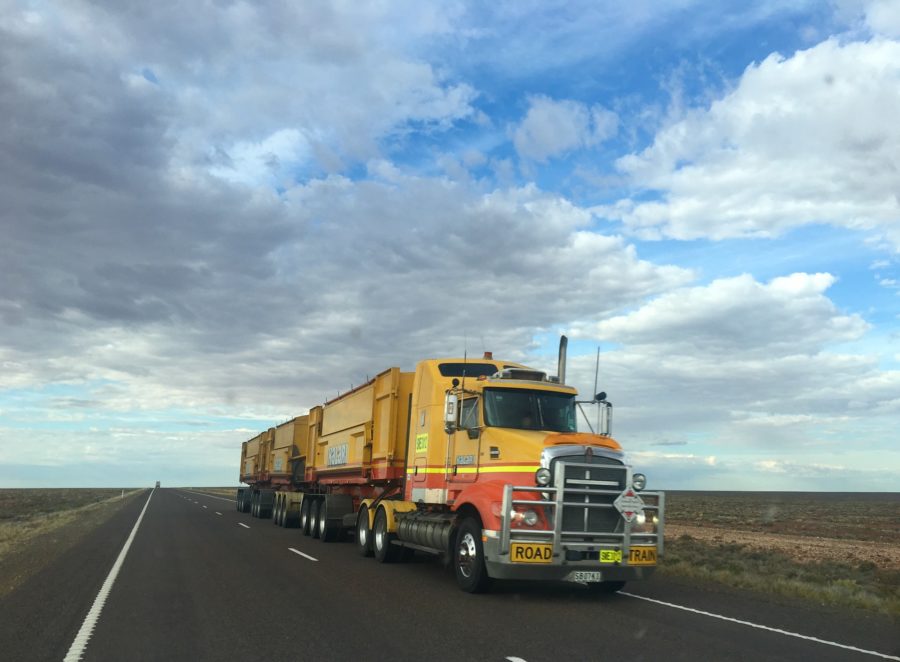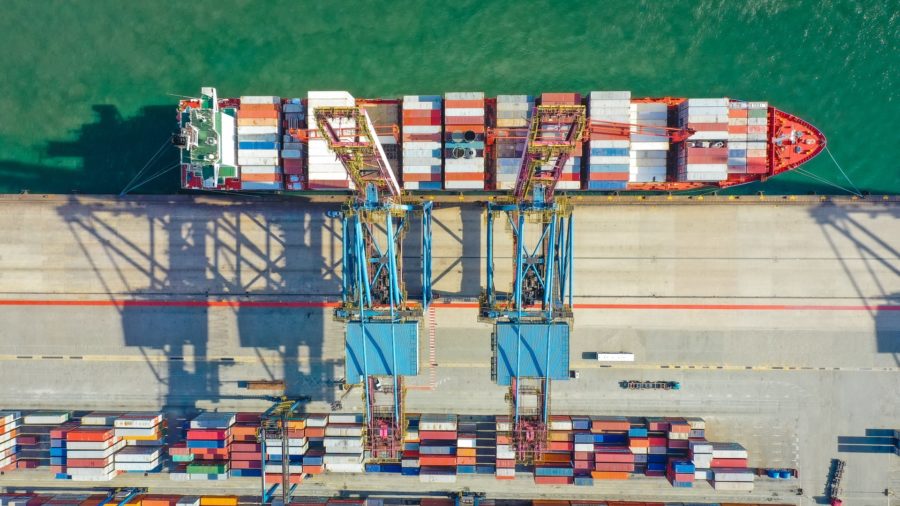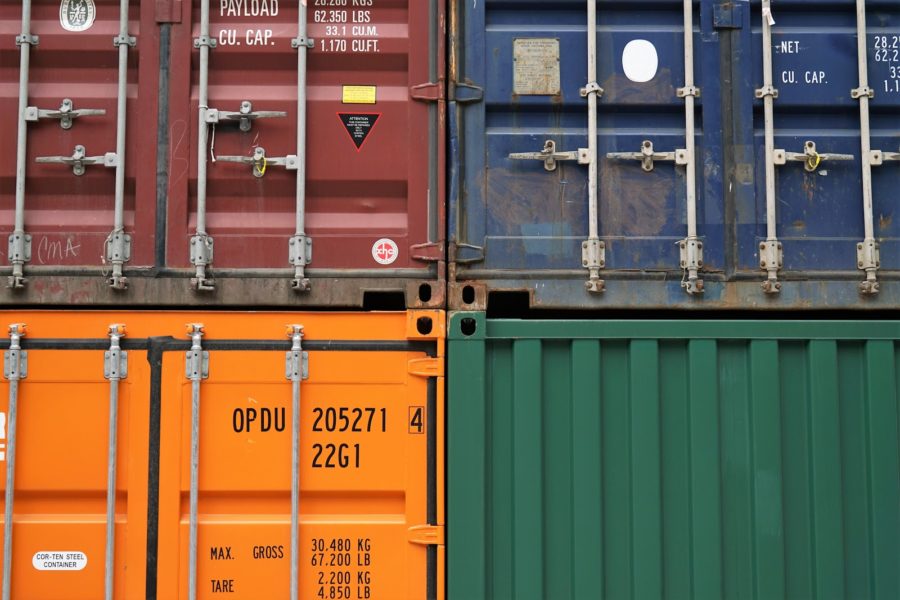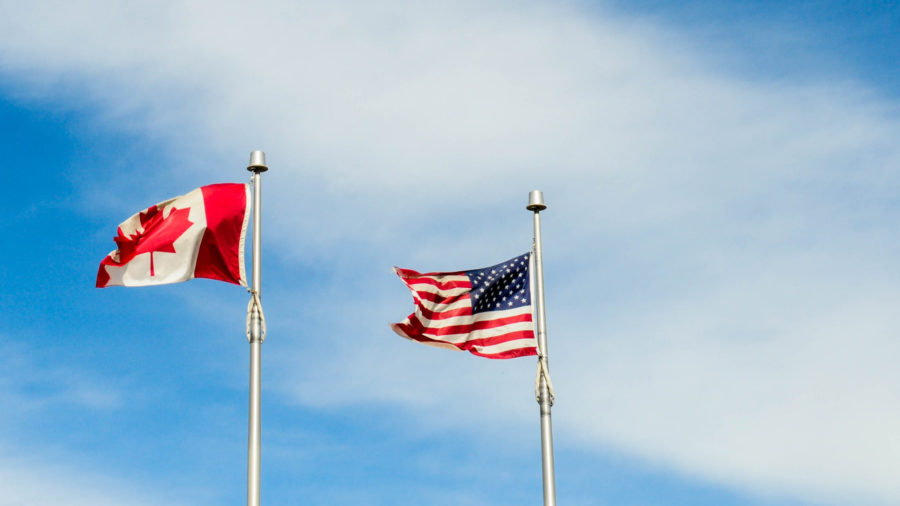Sign up for recent trade news that can affect your business:
July 14, 2020
How Has COVID-19 Affected Customs and Trade?
As the COVID-19 pandemic has spread in North America, it’s had a certain impact on customs and trade. The following is a timeline of all of the major announcements and updates that we’ve been tracking at Carson International.
April 8 – WTO and WCO Combine to Maintain Efficient Cross-Border Trade
Both the World Trade Organization (WTO) and the World Customs Organization (WCO) released a joint statement in early April revealing that they would join forces to enable trade for essential goods including food, medical supplies, and energy across the border. They also pledged to work toward ensuring that goods would reach those who need it the most.
You can read more about this update at the following link: https://www.carson.ca/2020/04/wco-and-wto-join-forces-to-minimize-disruptions-to-cross-border-trade-in-goods/
April 15 – CBP Launches a New Website Dedicated to COVID-19
U.S. Customs and Border Protection developed and launched a website dedicated specifically to COVID-19-related updates and other information about how the pandemic would affect trade. Some of the information available on the website includes Cargo Systems Messaging Service communications along with Federal Register Notices in addition to regular announcements and updates regarding security and various trade programs.
You can read more about this update at the following link: https://www.carson.ca/2020/04/cbp-launches-dedicated-covid-19-website-cargo-resolution-team/
April 23 – Temporarily Limited Service at Land Border Crossings in Canada
In an effort to help prevent the spread of COVID-19, the CBSA made a temporary reduction to Canadian land border crossing service hours. The service hour reduction affected a total of 27 border locations throughout the country.
You can read more about this update at the following link: https://www.carson.ca/2020/04/temporary-reduction-of-service-at-canadian-land-border-crossings-due-to-covid-19/
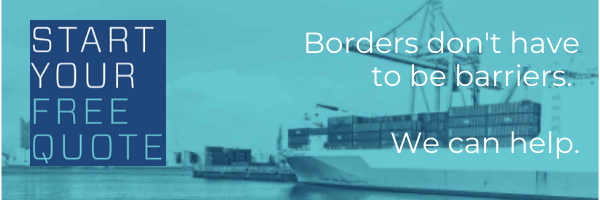
April 27 – WCO and ICC Join Forces to Enable Global Trade Action
The World Customs Organization (WCO) and the International Chamber of Commerce (ICC) announced in a joint statement that they would work to facilitate customs and trade on an international level to help maintain operations during the pandemic.
You can read more about this update at the following link: https://www.carson.ca/2020/04/icc-and-wco-partner-to-facilitate-global-trade-action-amid-covid-19/
April 30 – UNCTAD Puts Action Plan in Place to Further Maintain International Trade and Transportation
As the pandemic continued to spread, the United Nations Conference on Trade and Development (UNCTAD) released an action plan consisting of 10 points to help facilitate international trade and transportation. The policy would help mitigate some of the potential long-term risks that the pandemic posed.
You can read more about this update at the following link: https://www.carson.ca/2020/04/unctad-releases-10-point-action-plan-to-strengthen-international-trade-and-transportation-amid-covid-19/
May 5 – USTR Considers Extending China Tariff Exclusions for One Year
The U.S. Trade Trade Representative (USTR) for the Trump administration was deciding whether it would be best to implement a one-year extension for China tariff extensions to provide some relief for U.S. businesses amid the pandemic. The extension would apply to certain products that are excluded from the 25 percent China tariffs put in place for Chinese goods.
You can read more about this update at the following link: https://www.carson.ca/2020/05/ustr-considering-one-year-extension-of-china-tariff-exclusions/
May 7 – CBSA Offers Duty Relief for Goods Related to COVID-19
Canada Border Services Agency (CBSA) offered duty relief for some products imported into Canada. The products the duty relief applied to included gloves, face and eye protection, and other supplies used to help prevent the spread of COVID-19.
You can read more about this update at the following link: https://www.carson.ca/2020/05/cbsa-duty-relief-for-products-related-to-covid-19/
May 14 – Fourth Round of China Section 301 List 4A Exclusions
The USTR enabled the fourth round of exclusions from Section 301 List 4A tariffs in place for China-imported goods. Some of the products that the exclusions applied to included COVID-19-related medical products.
You can read more about this update at the following link: https://www.carson.ca/2020/05/fourth-round-of-exclusions-for-china-section-301-list-4a-includes-medical-products/
For more information about updates to customs and trade, follow our timeline in our newsroom at Carson International. We’ll provide additional information about any changes as they come.


